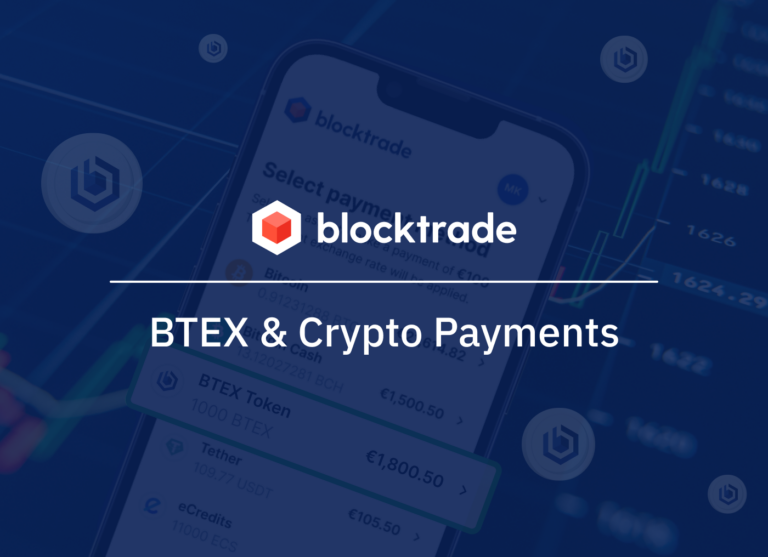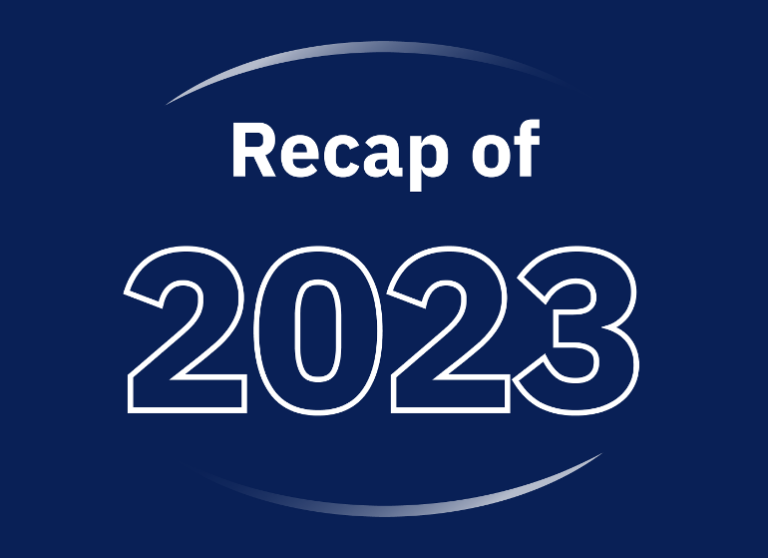Litecoin – LTC – is a household name and established coin in the cryptocurrency space. It has regained popularity in recent months as crypto-enthusiasts are discussing what cryptocurrencies are best suited as cryptocurrencies for payment.
What is Litecoin? How does it differ from its big brother Bitcoin? How does the Litecoin blockchain work? What are its strong suits and downsides? What is Litecoin actually used for? And should you buy Litecoin today?
Here is everything you need to know about Litecoin (LTC), its technical foundation and its use cases.
What is Litecoin used for?
Litecoin is a decentralized cryptocurrency and Bitcoin alternative. It was created through a Bitcoin hard-fork in October 2011. Litecoin founder (and former Google engineer) Charlie Lee wanted to fix perceived weaknesses in the open-source code of Bitcoin, hence creating Litecoin. By reducing the block size to 256 KB (from 1.024 KB) and thereby shortening the block creation time, Lee wanted to limit the amount of time hackers would have to conduct a 51 % attack to potentially manipulate blockchain transactions.
Litecoin was originally a major competitor to Bitcoin and ranked among the top 3 coins for a long time. In fact, it was even called “Silver” vs. Bitcoin as the “Gold” equivalent of cryptocurrencies. However, as the crypto market has become more fragmented and spread into various use cases and industries, the popularity of LTC dropped somewhat. Yet, Litecoin remains one of the most popular cryptocurrencies for payment, e.g. it is one of the four cryptocurrencies currently supported by PayPal (aside from BTC, ETH, XRP).
Litecoin vs. Bitcoin – What is the Difference
Given that Lee created Litecoin as a Bitcoin hard fork and alternative to Bitcoin, it is worth discussing how the two coins actually differ. The two fundamental differences are block size and the used hashing algorithm.
Lee reduced the block size from 1024 KB to 256 KB. This lowered the block creation time from 10 minutes (Bitcoin blockchain) to just 2.5 mins. The idea was that this would speed up transaction processing and increase security as blocks are created and finalized quicker. As a result, the hard cap (maximum amount of tokens issued) is the fourfold of Bitcoin – 84mn LTC vs. 21mn BTC. Hence, a “Litecoin halving” – halving of mining rewards – occurs every 840.000 blocks (vs. 210.000 blocks with Bitcoin).
Another adaptation Lee made was the used proof-of-work-hashing-algorithm. While Bitcoin uses the SHA-256 PoW hashing algorithm, Litecoin makes use of the Scrypt PoW algorithm. In short, Scrypt uses a password-based function to derive the encryption keys. It is more memory-intensive than Bitcoin’s SHA-256, which was supposed to make hacking the hashing algorithm more costly and complicated.
BTC vs. LTC
| Bitcoin | Litecoin | |
| Creation | 2009 | 2011 |
| Creator | Satoshi Nakamoto | Charlie Lee |
| Coin Limit | 21 Million | 84 Million |
| Block Generation Time | 10 Minutes | 2.5 Minutes |
| Algorithm | SHA-256 | Scrypt |
| Rewards | Halved every 210,000 blocks | Halved every 840,000 blocks |
Having discussed the differences, there are many commonalities between Bitcoin and Litecoin. Both are envisioned to be used as a decentralized cryptocurrency and means of payment. To this day, their usage, however, is as both a store of value and a means of payment.
Future Roadmap and Developments for Litecoin
While Litecoin has settled for a place around rank 20 of all cryptocurrencies by market cap, its protocol continues to be developed and refined. There are some major milestones and updates ahead for the Litecoin blockchain, most importantly the Lightning Network and MimbleWimble.
- Lightning Network: Lighting Network is a layer-2-implementation for the Bitcoin blockchain that allows transferring of micropayments to alleviate transaction congestion from the busy layer-1. The implementation of Lightning Network on Litecoin blockchain has successfully taken place in 2021 and served as testnet (testing grounds) for its rollout on the Bitcoin blockchain.
- MimbleWimble: Announced in 2019, MimbleWimble is a privacy protocol for Litecoin blockchain that is supposed to mask information like transaction size or wallet addresses. Moreover, it is supposed to reduce blocksize and thereby increase scalability of the Litecoin blockchain. Currently under development, MimbleWimble is scheduled to be rolled out in late 2022.
Disclaimer
This is not financial advice. Mentioning coins and tokens is not a recommendation to buy, sell, or participate in the associated network. We would like to encourage you to do your own research and invest at your own risk.







